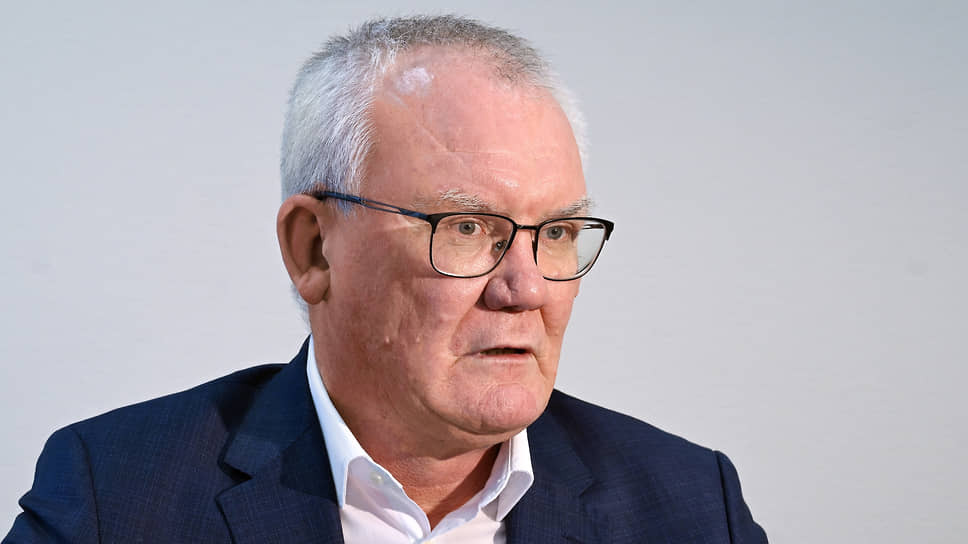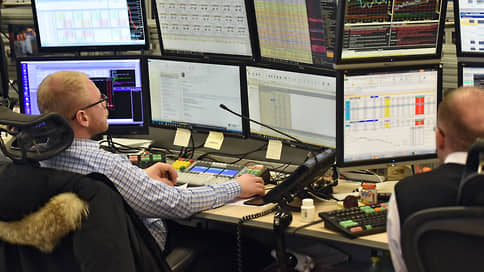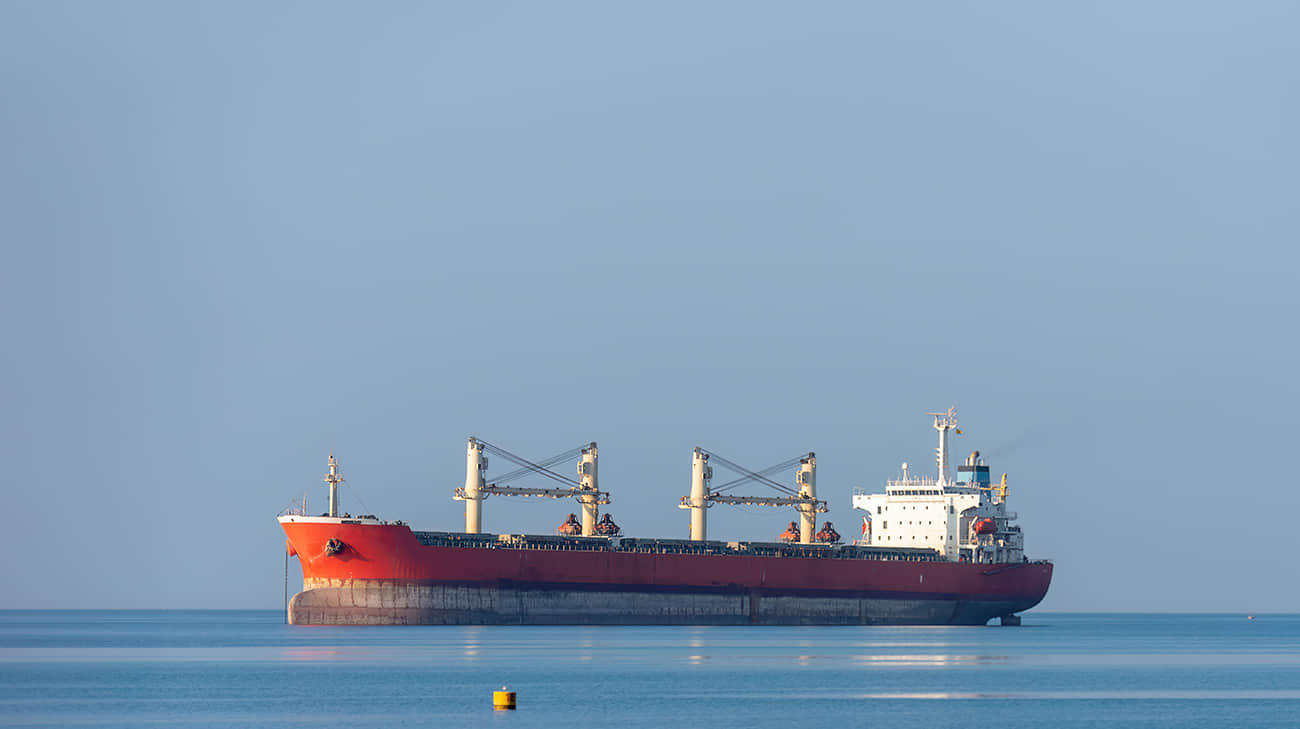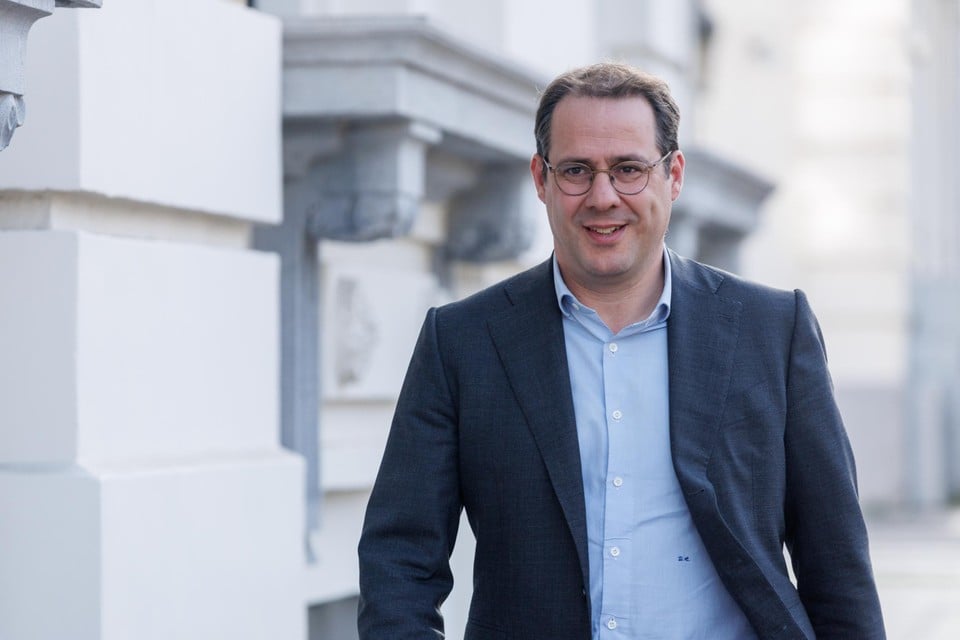What explains the growth of interest in premium goods
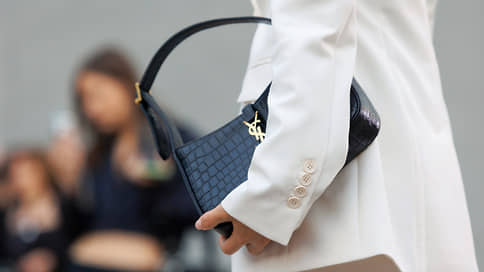
The share of luxury goods in the total volume of Feshenka-market in Russia is growing, despite the departure of many brands, Western sanctions and slowing down retail revolutions. Buyers seek to purchase expensive goods, considering them already as a long -term investment. So, the cost of bags of some brands can reach several tens of thousands of dollars.
Since the beginning of 2025, the share of luxury goods in the total volume of Russian Feshennka was 11-12%, while at the end of only 2024 this indicator was 10%, Kommersant reported to Fashion Consulting Group (FCG). According to the delivery service of goods from abroad, CDEK.Shopping, in January-the current year of the current year, the share of luxury goods in the total volume of the market increased to 17%.
The state of the market for luxury goods in Russia underwent multidirectional dynamics since 2022, recalls the head of the Institute for the Development of Entrepreneurship and Economics Arthur Gafarov. As a result, 73% of foreign luxury brands remained on the market. The rest of the retailers closed their stores back in the spring of 2022. Among them are Chanel, Dior, Prada, Louis Vuitton, Cartier. More than half of the companies remaining in Russia stopped supplying new collections: Gucci, Loro Piana, Kenzo, Rolex, Givenchy, Alexander McQueen and others, the expert notes.
According to Mr. Gafarov, due to the restrictions introduced by Western countries prohibiting the import of luxury items in the Russian Federation, the Russian luxury goods market was more than doubled-from $ 4.3 billion in 2021 to $ 2.06 billion in 2024.
Thanks to parallel imports and intermediaries, expensive goods can still be seen in retail, says Arthur Gafarov. Logistic costs associated with the delivery of such goods increased by 30–40%, which affected the price for the final buyer.
According to FCG CEO Anna Lebsak-Klamans, interest in luxury clothing, shoes and accessories is growing against the background of a decrease in customer activity in the mass segment. Its consumers are increasingly moving on to the savings model, preferring to invest in deposits, and not spend money on everyday goods. Against this background, half of the largest non -food retailers can fix a loss, predicted in the Union of shopping centers (See “Kommersant” from May 12).
The growth in the consumption of luxury goods could ensure a sharp increase in the income of some groups of the population, said the managing partner of Vanchugov and Partners Alexei Vanchugov. Among the new likely consumers of Lux, he listed, for example, the family of participants in the, IT specialists, workers of defense enterprises. Russian consumers with not very high income also, in his opinion, seek to purchase luxury things if they have money for this: expensive purchases allow you to identify themselves with the corresponding brands and their regular customers.
At the same time, according to CDEK.SHOPPing, the categories of goods that buyers order from luxury brands are changing.
If in 2024 sneakers most often met in orders, then a year later they were shifted by bags. The trend is also confirmed by Lamoda: in 2024, sales of bags on the marketplace grew by 51%, backpacks – by 49%. The dynamics is especially noticeable in the premium segment, where the bags occupy the first place in terms of sales, the Lamoda said.
Limitated bags of luxury brands are increasingly considered as a form of alternative investments-especially in the conditions of instability of traditional financial markets and increased interest in collective assets, says Anna Lebsak-Klamans. The annual increase in the cost of individual models may exceed two -digit numbers, and the price of the sale varies from several thousand to tens of thousands of dollars per unit of goods, depending on the condition, concludes Arthur Gafarov.

